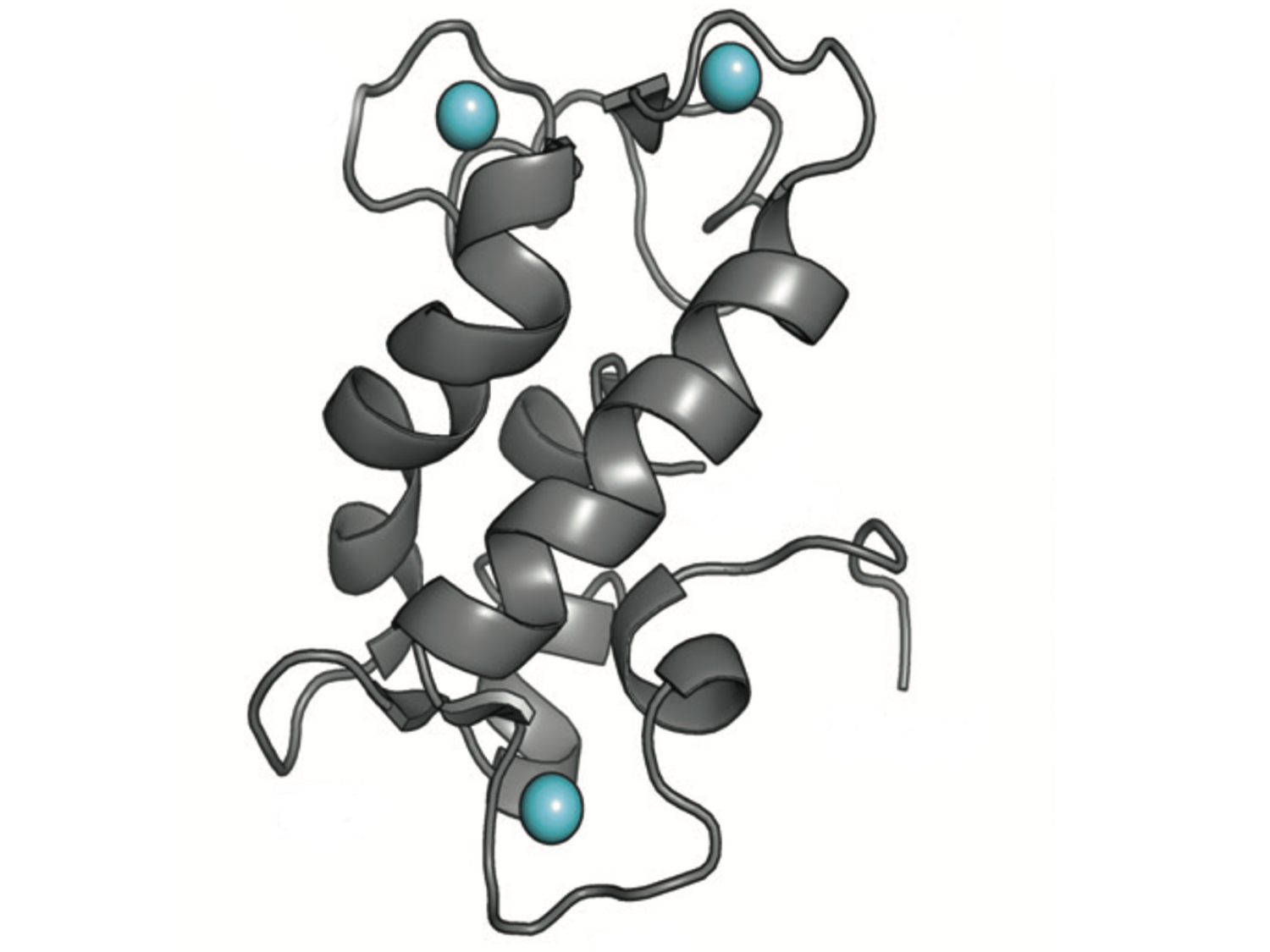Biosensors have been around since Leland C. Clark Jr. first successfully developed a ‘true’ biosensor for oxygen detection in the 1950s. Since then, biosensors have taken on a key role in important biomedical applications such as drug discovery, disease monitoring, and identifying biomarkers in bodily fluids (blood, saliva, sweat, urine) that may be indicators of disease.

Image Credit: Courtesy Cotruvo Lab / Penn State
Now, researchers at Penn State University, Pennsylvania, have developed a new, innovative genetically encoded biosensor that has the capacity to detect manganese(II), an evasive metal ion that is an essential element across all domains of life.
Published in the journal Proceedings of the National Academy of Sciences (PNAS), the team established that a natural protein, lanmodulin (LanM), functions as the all-important scaffold for the groundbreaking biosensor. Until now, no major chemical biology has existed for the real-time imaging of manganese(II) in cells.
Selective Biosensing
The breakthrough by the Penn State team could herald a series of new advances in biotechnological applications with the potential to promote knowledge-building while laying the foundations for a new approach to further study the physiology of manganese.
The team was able to construct the genetically encoded biosensors by reprogramming LanM to construct the scaffolds, which could then detect levels of manganese(II) at physiologically relevant concentrations.
We believe that this is the first sensor that is selective enough for manganese for detailed studies of this metal in biological systems…We’ve used it — and seen the dynamics of how manganese comes and goes in a living system, which hasn’t been possible before.
Jennifer Park, Graduate Student, Penn State
The team successfully tracked how manganese(II) behaves within bacterial E.coli cells and is now working towards engineering biosensors with improved binding capabilities to reveal how the metal functions in mammalian cells.
This advanced selective biosensing tool could considerably impact the understanding of how manganese(II) operates in biological and oxidative defense systems and provide further insights into photosynthesis, host-pathogen interactions, and other key biological processes.
Disease Detection
Manganese, like copper and zinc, is found in minute concentrations in living cells yet remains an essential metal for animal and plant cellular function as it activates enzymes. Manganese(II) is found in plants at the heart of the photosynthetic process (photosynthesis) as an important micronutrient and cofactor for the oxygen-evolving complex (OEC) while also acting as a catalyst in the water-splitting reaction.
In humans, manganese(II) allows the body to form connective tissues, regulate blood sugar, and metabolize carbohydrates. It is also important for healthy neural development and nerve function.
Excessive build-up of manganese(II) is associated with certain motor diseases such as Parkinson’s, whereas a limited presence of the metal can indicate signs of other neurological diseases such as Huntington’s disease.
Evolving Biosensors
The new biosensor could pave the way for new, innovative research pathways as, until now, techniques to visualize concentration, localization and movement of manganese(II) in cells have been lacking.
There are so many potential applications for this sensor…Personally, I am particularly interested in seeing how manganese interacts with pathogens.
Joseph Cotruvo, Associate Professor of Chemistry, Penn State
By designing proteins that can bind to essential metals such as manganese(II), the team not only demonstrates the ability to overcome the significant challenge of detecting such elusive biomarkers but revealed a route to advancing the biotechnological applications of biosensors at large.
If you can figure out ways of discriminating between very similar metals, that’s really powerful…If we can take lanmodulin and turn it into a manganese-binding protein, then what else can we do?
Joseph Cotruvo, Associate Professor of Chemistry, Penn State
The next phase that the Penn State team is now planning is to use LanM as a scaffold to evolve other biosensing tools to recover various metal ions that are of key biological and technological importance.
References and Further Reading
Berard, A. (2023) New Biosensor reveals activity of elusive metal that's essential for life, Penn State University. Penn State News. Available at: https://www.psu.edu/news/research/story/new-biosensor-reveals-activity-elusive-metal-thats-essential-life/.
Park, J. et al. (2022) “A genetically encoded fluorescent sensor for manganese(ii), engineered from Lanmodulin,” Proceedings of the National Academy of Sciences, 119(51). Available at: https://doi.org/10.1073/pnas.2212723119.
Disclaimer: The views expressed here are those of the author expressed in their private capacity and do not necessarily represent the views of AZoM.com Limited T/A AZoNetwork the owner and operator of this website. This disclaimer forms part of the Terms and conditions of use of this website.